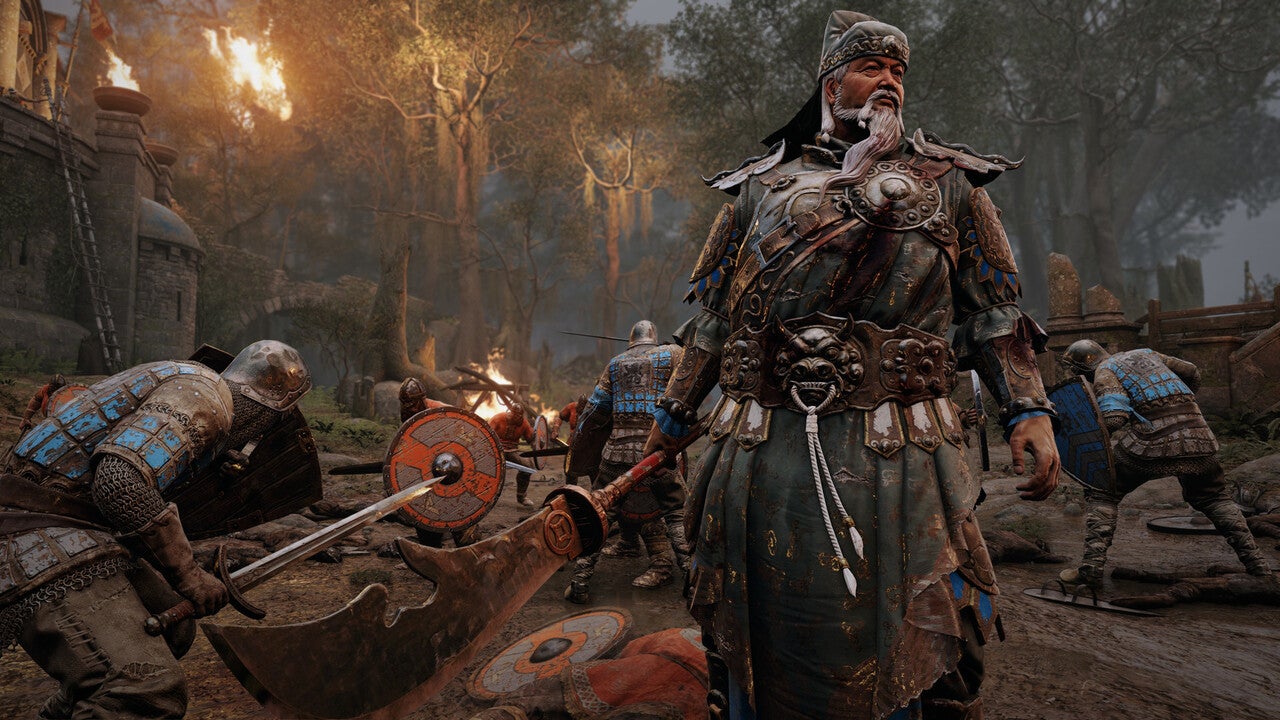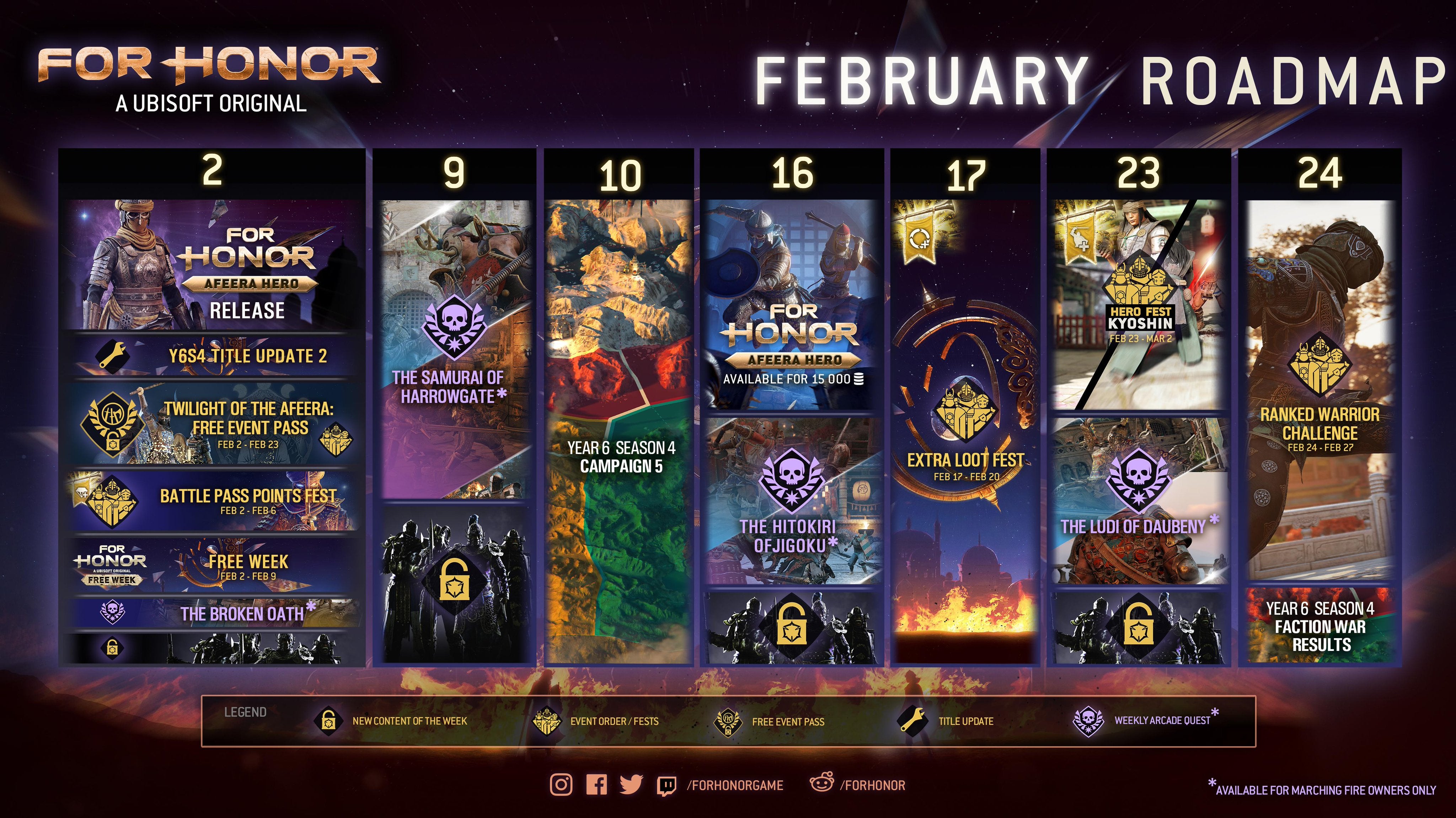It’s now February 2023, and For Honor is well alive and still receives more content than supposedly renowned Ubisoft releases such as The Division 2 (2019). It also hasn’t been offed during the latest wave of cancellations at the profoundly problematic French publisher. War rages on, and now there are more than just Vikings, Knights, and Samurais smacking and cutting each other down. For Honor’s tale is a tale of endurance and success in the long run, and maybe the games industry as a whole ought to study its history and take some valuable notes. Before I get into the whys and hows behind the game’s overlooked triumph, it’s important to underline how much it owed during its first couple of post-launch years to Rainbow Six: Siege’s own story of hard-earned success. The competitive FPS also faced a rough launch that went beyond technical difficulties, with players that were willing to transition from CS:GO pointing out many shortcomings and design holes in the shooter’s core elements. Nowadays, Siege enjoys plenty of support from Ubisoft and attention from the FPS community, but let’s remember it didn’t become a hit overnight. Going into For Honor, everyone half-expected an off-beat mix of Chivalry and musou titles, and those bits of DNA can definitely be found within its arenas, but I maintain the game managed to create and nurture a dedicated player base over the years simply because of how different its approach to melee combat was. For Honor’s control scheme is anything but complicated, yet it provided a welcome change of pace from thwacking and slashing mindlessly at foes – online medieval brawlers hadn’t really explored alternatives outside basic first-person systems and riffing on Dark Souls and its siblings. Another big win for the game was playing up the factions and tourney-like seasons, automatically creating a sense of both camaraderie and healthy competition inside and outside the game. While some big multiplayer games aren’t very interesting to discuss beyond the most recent changes and additions, For Honor gave players a bunch of reasons to embrace playful banter on social media and Reddit that is directly linked to the in-game experience and the world’s ongoing narrative. Nintendo also hit similar notes with the Splatoon games, and it’s easy to see how it paid off in the long run. Live service games don’t survive without solid and constant drops of content, and the team behind For Honor has excelled at delivering new warriors, locations, game modes, events, and even new factions – the Marching Fire expansion was especially engrossing as it added an entirely new China-inspired faction and the Breach game mode. It also marked a much-needed change of tide for the game after its more pressing issues were fixed, showing Ubisoft’s commitment to supporting it and breaking the rigid seasonal model that typically drip-feeds content into many titles that may need a bigger push to make a comeback. The same strategy was later applied to The Division 2 with the Warlords of New York expansion to great success, and I’d like to see more live service titles – outside of massive online games such as TES Online or Destiny 2 – going back to the good ol’ big expansion packs which aren’t tied to seasonal drops and events. Sometimes you just a need a big refresh to keep folks interested. No two games are the exact same. Mind you, For Honor has had monthly roadmaps and the average seasonal model locked for years now, but I doubt I’d be here praising its evolution if Marching Fire hadn’t reignited public interested in it. Yes, classic naysayers still flock to every single news report on the game to post “dead game” and piss off, but the cool reality is that For Honor has been peacefully flying under the radar for a good while. As a direct result, its community is welcoming and just plain nice, a phenomenon that also happens with our dearest Titanfall 2 – Respawn’s underrated sci-fi shooter wasn’t so lucky with post-launch support though. So, what can Ubisoft and other big publishers learn from For Honor’s silent journey to prosperity? For starters, that original projects in the triple-A multiplayer sphere can work and make money for years if the pitch and post-launch plans are good enough. Nearly every online game nowadays has to face a rough launch as its launch date is typically set in stone to appease shareholders, but such difficulties shouldn’t automatically doom many passion projects to oblivion. In the age of immediacy, gamers often have even less patience than publishers’ well-oiled machinery, and tons of them often reach a verdict on the latest “flop” before giving it a fair fighting chance. This brings us to our second conclusion, which is that “live service” isn’t a synonym for “bleeding players dry”. Understandably, many gamers shiver as soon as they hear/read that phrase, but predatory microtransactions and underwhelming extra content have plagued even single-player titles for more than 15 years now. Remember Oblivion’s horse armor debacle? Or the pointless Uruk boosters in Shadow of War? Corporate greed isn’t fixated on a single type of game structure (as much as they love to chase trends). The big question now is whether Skull & Bones, the forever-cursed Ubisoft release – which on paper sounds as fresh and exciting as For Honor once did – can realistically replicate that positive evolution. Right now, it’s looking dead in the water, especially after countless delays and behind-the-scenes drama, but this seasoned gamer has learned to expect the unexpected from the company’s talented dev teams… as long as players and executives believe in what lies beneath the agitated surface.




.jpg/BROK/resize/690%3E/format/jpg/quality/70/Skull-and-Bones-Screen-(1).jpg)